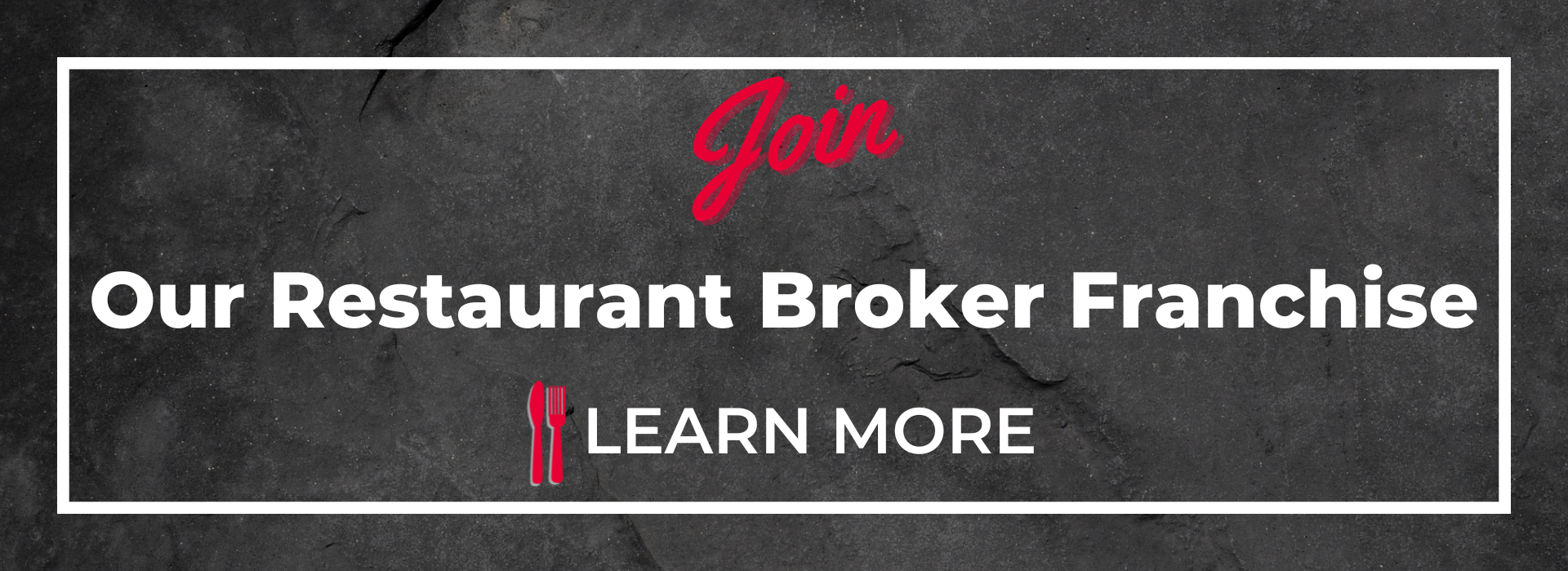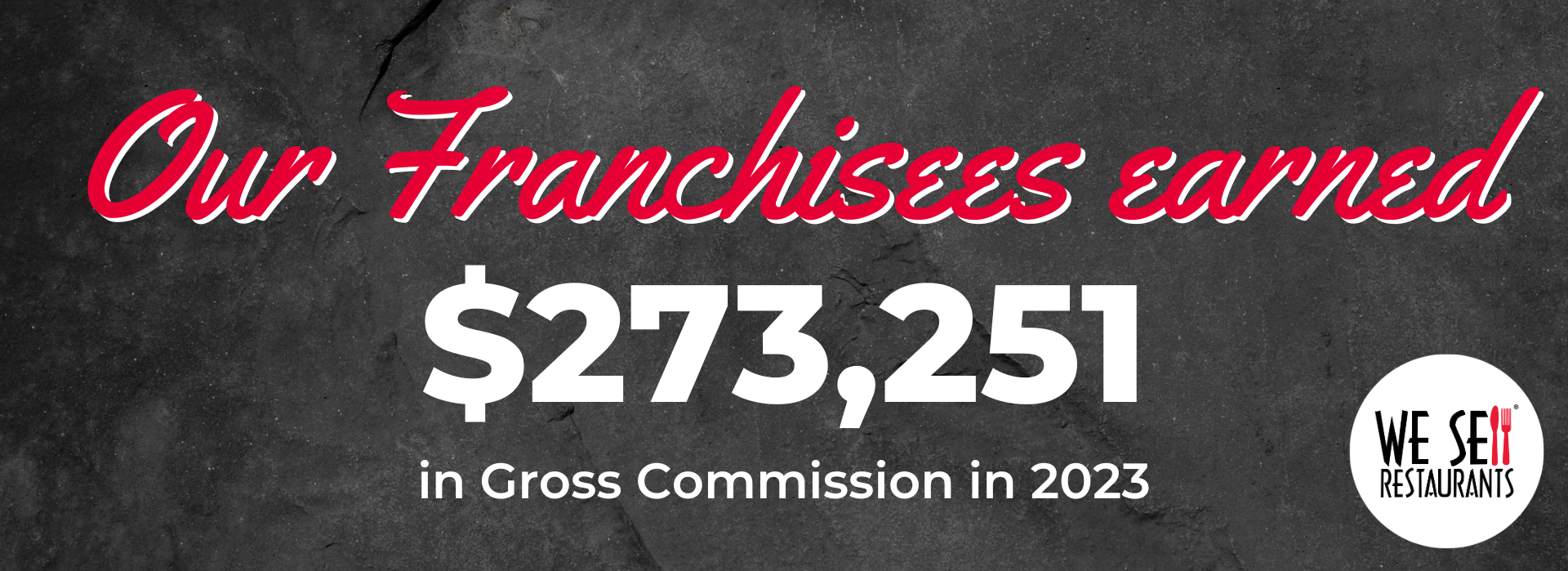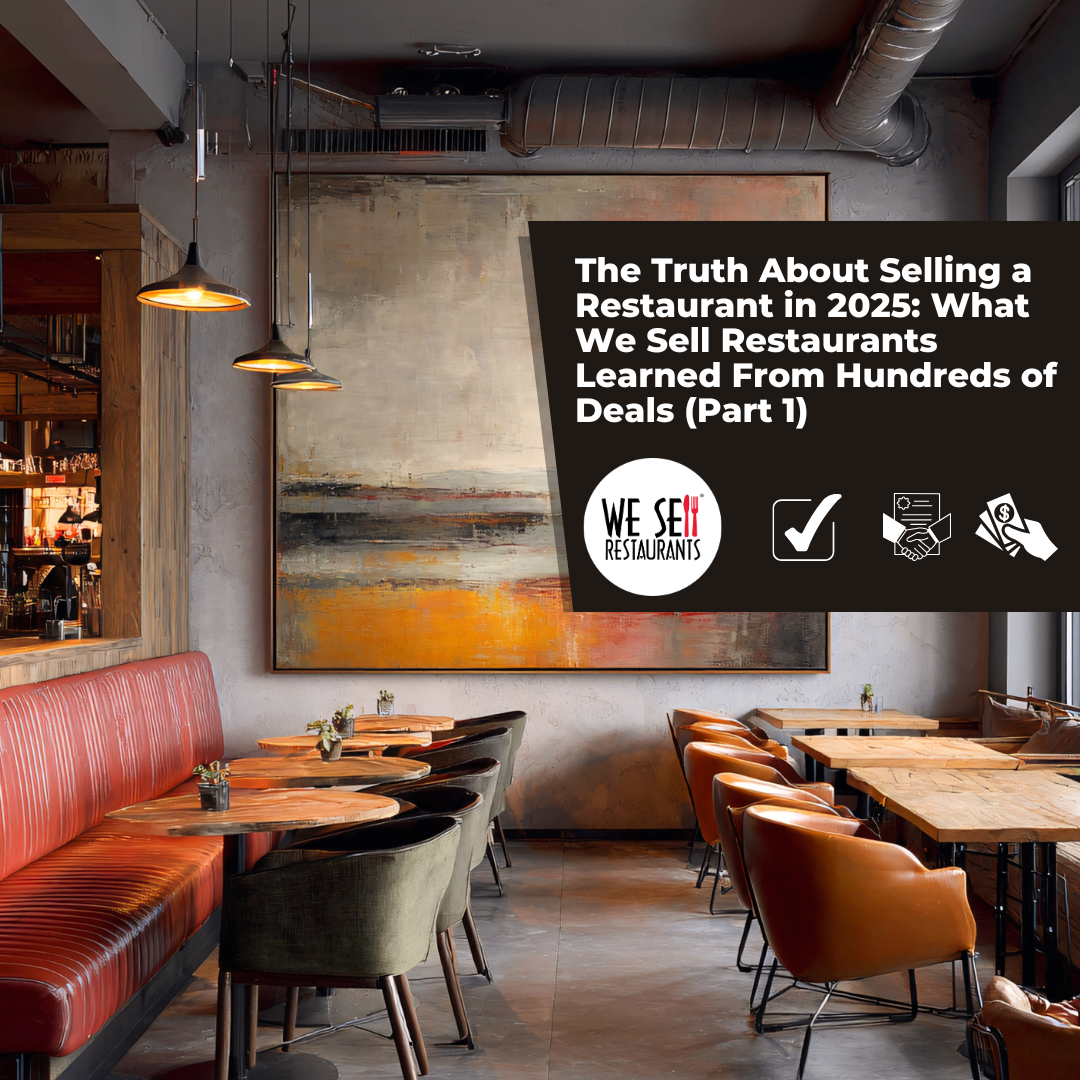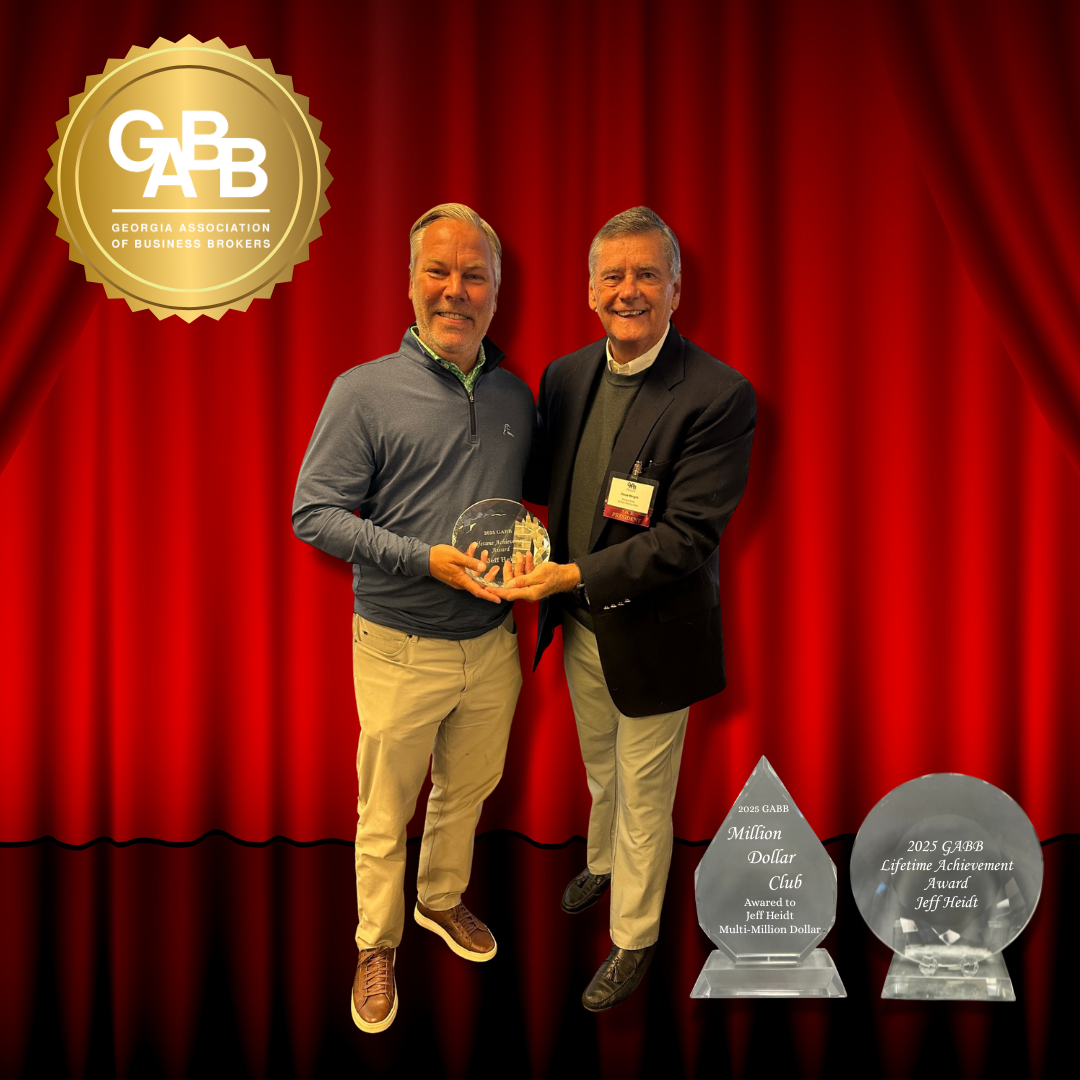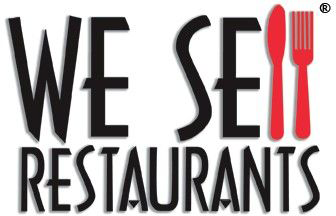In a world where finding space for a new restaurant is increasingly competitive, We Sell Restaurants has answers that will both fuel your need for growth while simultaneously keeping costs down and allowing for the use of existing infrastructure already in use on city systems.
At a time when conservation and sustainable business practices are increasingly important, buying a restaurant and converting the concept offers sustainable and affordable opportunities for entrepreneurs to \achieve their dream of restaurant ownership. The decision to buy an existing restaurant for sale versus building from scratch holds significant environmental and economic advantages. These include, reducing waste, revitalizing communities, avoiding additional impact to already overwhelmed water and sewer systems and making restaurant ownership more accessible.
Buying a Restaurant Reduces Environmental Impact
Choosing to purchase an existing restaurant rather building from scratch aligns with sustainable practices in several key ways.
Construction of a new restaurant requires significant resource consumption. Raw materials such as wood, steel, concrete, and other building materials, contribute to deforestation, mining activities, and energy-intensive manufacturing processes. In contrast, acquiring an existing restaurant bypasses the need for most of these resources, thereby reducing the demand for new materials.
Constructing a new restaurant contributes to increased energy consumption throughout the building process. From powering heavy machinery to transporting materials, the energy demands are substantial. In contrast, purchasing an existing restaurant eliminates the need for such energy-intensive activities, resulting in a lower overall carbon footprint.
New construction also generates significant waste, including excess materials, packaging, and debris. In contrast, repurposing an existing restaurant minimizes waste generation by utilizing pre-existing structures and infrastructure. Even when the restaurant concept changes, most times the furniture, fixtures, equipment, and more can be adapted or repurposed for the new restaurant.
Additional waste associated with building a restaurant from the ground floor includes the cost of occupancy. As soon as project dates begin to slip, which seems inevitable when managing contractors, construction and suppliers providing materials to the location, the opening date also slides. That creates excess burden and waste for the restaurant owner who is waiting to open while paying significant rent costs. Landlords may sometimes work with you to waive the fees, but they often add term to the back of the lease, extending the obligation. Overall, time means money, so all delays associated with building versus buying a restaurant, cost you the opportunity to get your restaurant in front of the community.
Lastly, restaurants in new developments require connections to the community’s water and sewer systems. In many American cities, excess growth has overtaxed this vital infrastructure and heavy users, like restaurants, threaten to overwhelm these city systems. That’s why cities will often charge “impact” fees which are significant dollars associated with coming onto the system. As a Certified Restaurant Broker, I’ve seen these range as high as $75,000. Once these fees have been paid a single time, they aren’t assessed when a restaurant changes hands, saving money and burden on the infrastructure.
Overall, investing in an existing restaurant conserves resources, minimizes energy consumption, and reduces waste generation. It also saves the buyer the upfront cost of impact fees and lowers the investment in rent paid before opening.
→Read also: 3 Benefits of Buying a Restaurant Franchise Resale
Buying a Restaurant is More Cost-Effective and Efficient
Beyond its environmental benefits, buying an existing restaurant is often more economically attainable than starting from scratch. The upfront costs and time investment associated with new construction can be prohibitive for many aspiring restaurateurs. In contrast, purchasing an established business provides a shortcut to realizing your entrepreneurial dreams without the lengthy and costly process of building and permitting.
How much time, money and materials does it cost to build a restaurant from scratch? Let’s take a quick look:
Construction Costs:
- Building construction: The cost can range from $100 to $400 per square foot, depending on factors such as location, building materials, labor costs, and complexity of the design. For a typical 2,000 square foot restaurant, this could range from $200,000 to $800,000.
- Interior finishes: This could amount to around 20-30% of the total construction costs, so for a 2,000 square foot restaurant, it could range from $40,000 to $240,000.
- Plumbing and electrical: Budgeting around $20,000 to $50,000 for plumbing and electrical work is common.
- HVAC system: Depending on the size and complexity of the system, HVAC costs can range from $20,000 to $50,000.
Equipment and Furnishings:
- Kitchen equipment: Commercial kitchen equipment costs can vary widely depending on the type and brand. For a fully equipped kitchen, budgeting $50,000 to $150,000 is typical.
- Dining furniture: The cost of dining furniture can range from $10,000 to $50,000, depending on the style and quality.
- Decor and signage: Budgeting $5,000 to $20,000 for decor, lighting fixtures, and signage is common.
Permits and Fees:
- Building permits: Permit costs can vary based on location and the scope of the project, but budgeting around $5,000 to $20,000 is typical.
- Licensing fees: Costs for licenses and permits vary widely depending on the type of licenses required and local regulations. Budgeting $5,000 to $15,000 is a general estimate.
- Inspections: Inspection costs can vary, but budgeting a few thousand dollars for inspections throughout the construction process is typical.
Miscellaneous Expenses:
- Architect and design fees: These can range from 5% to 15% of the total construction costs, so for a $500,000 project, design fees could range from $25,000 to $75,000.
- Land acquisition: The cost of purchasing or leasing land varies greatly depending on location and market conditions. It could range from tens of thousands to millions of dollars.
- Contingency budget: It's recommended to set aside around 10% to 20% of the total project budget for unforeseen expenses, so for a $500,000 project, this could be $50,000 to $100,000.
→Read also: Cost Versus Risk - “Pros & Cons” of Buying vs Building a Restaurant
All those costs add up quickly, amounting to several hundreds of thousands of dollars, if not millions. As a result, buying an existing restaurant for sale is more affordable and takes less time. That’s because these opportunities are often turn-key, meaning that they already have the labor, equipment, menu, customers, furniture, fixtures and more in place for a new owner to take over. In many cases, a buyer can take over the location without ever needing to close the restaurant in during the transition of ownership.
Buying a Restaurant Space Revitalizes Communities
Restaurants are often places that bring the community together. These businesses are where you take the kids out for ice cream after the big game or meet your best friend for coffee. We celebrate birthdays, anniversaries, and more at our local restaurants, and sometimes we even travel great distances for the experience of a unique restaurant. When a restaurant closes, the community around it loses a part of its culture and a piece of its economy.
Thousands of restaurants and businesses close their doors each year for several reasons. What happens to those spaces after the business shutters the doors? Unless there is another business in line to take over the location, the lease sign goes up and the space sits vacant. The community loses one more place where it can gather.
However, buying a restaurant or acquiring a restaurant space for lease combats this reality by providing the opportunity for a new business to take over.
Look at the Tomahawk Tavern, for example. This was an axe-throwing venue and steakhouse that had closed its doors. One of our Certified Restaurant Brokers found a buyer who was ready to revitalize the building by converting the space to their own concept. As a result, a dark, closed location was transformed into a new bustling operation for the community to enjoy.
In this way, buying an existing restaurant for sale keeps communities alive by recycling space that would otherwise sit vacant.
→Read also: How to Turn a Restaurant Space for Lease into the Restaurant of Your Dreams
In conclusion, opting to purchase an existing restaurant for sale is a sustainable choice that combines environmental stewardship with economic revitalization. By embracing the opportunity to breathe new life into existing spaces, entrepreneurs can recycle resources, reduce construction waste, revitalize local communities, and satisfy their appetite for acquisition. At We Sell Restaurants, we're committed to facilitating these sustainable transactions and empowering individuals to make a positive impact in their journey as an entrepreneur and in the well-being of their communities.
 Robin Gagnon, Certified Restaurant Broker®, MBA, CBI, CFE, is the co-founder of We Sell Restaurants, a brand that has carved an unparalleled niche in the industry as the nation's leading and only business broker franchise focused on restaurants. Under Robin’s leadership, We Sell Restaurants has grown to 45 states where it dominates the restaurant for sale marketplace, including franchise resales, delivering on the founder’s vision to Sell More Restaurants Than Anyone Else. We Sell Restaurants was named one of the most influential suppliers and vendors in the country by Nation’s Restaurant News and has earned a position on INC 5000’s list of fastest growing privately held companies. Franchisees of We Sell Restaurants surveyed by Franchise Business Review placed it 25th in the nation in franchisee satisfaction.
Robin Gagnon, Certified Restaurant Broker®, MBA, CBI, CFE, is the co-founder of We Sell Restaurants, a brand that has carved an unparalleled niche in the industry as the nation's leading and only business broker franchise focused on restaurants. Under Robin’s leadership, We Sell Restaurants has grown to 45 states where it dominates the restaurant for sale marketplace, including franchise resales, delivering on the founder’s vision to Sell More Restaurants Than Anyone Else. We Sell Restaurants was named one of the most influential suppliers and vendors in the country by Nation’s Restaurant News and has earned a position on INC 5000’s list of fastest growing privately held companies. Franchisees of We Sell Restaurants surveyed by Franchise Business Review placed it 25th in the nation in franchisee satisfaction.
Robin is the Chair of the Women’s Franchise Committee of IFA and is a member of the IFA Board of Directors. She is also an MBA and Certified Franchise Executive (CFE) and has her CBI (Certified Business Intermediary) designation from the International Business Brokers Association. She co-authored Appetite for Acquisition, a small business book award winner in 2012 and contributes frequently to industry press appearing in Forbes, QSR, Modern Restaurant Management, Franchise Update, and others. She has appeared on The TODAY Show as a restaurant expert and Entrepreneur Magazine has named her to their list of the “Top Influential Women in Franchising.”
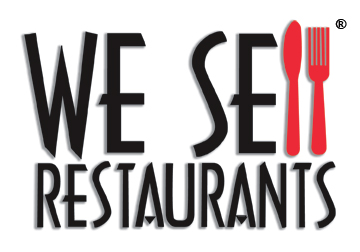
 404-800-6700
404-800-6700

